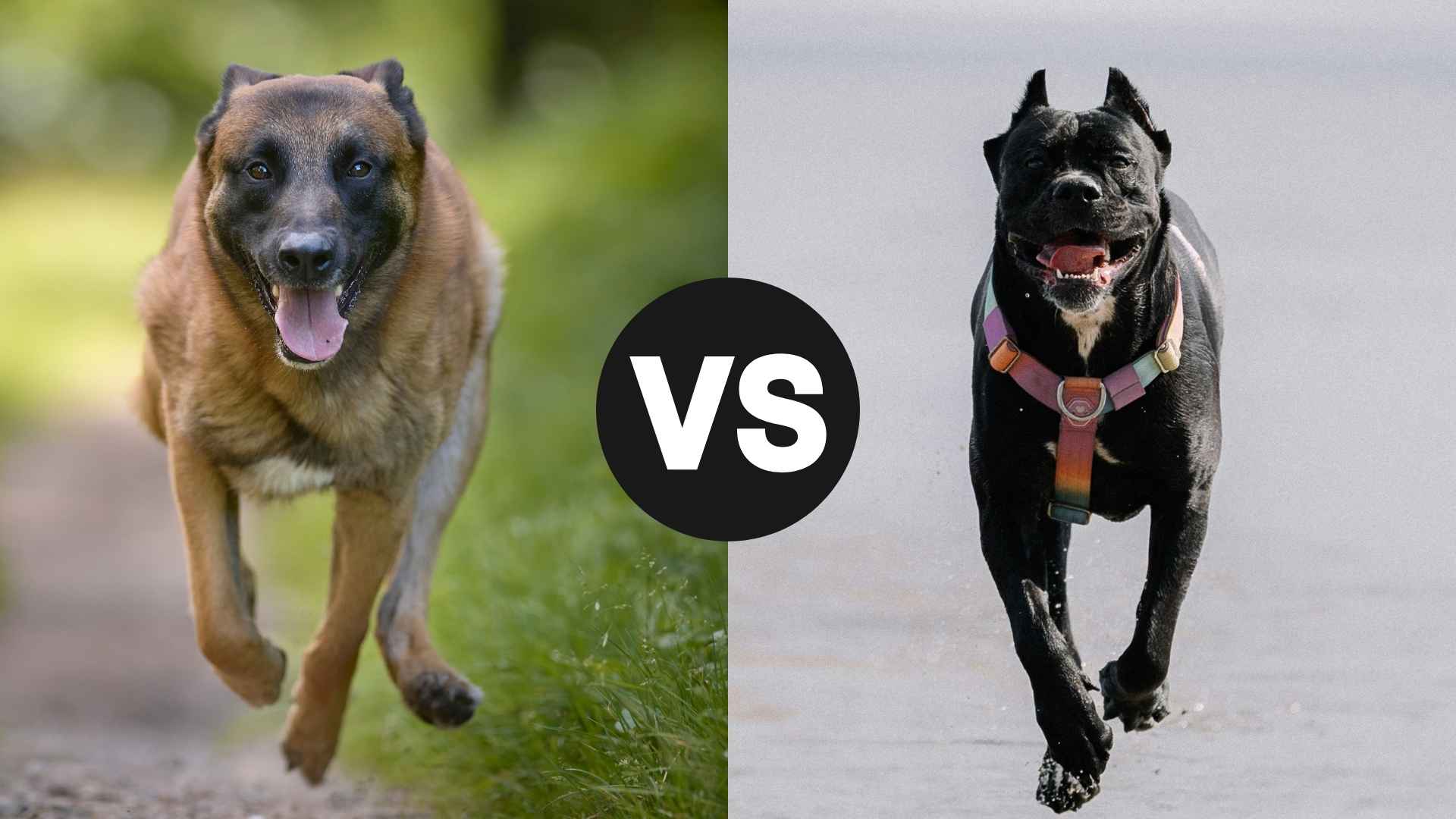Big, loyal, and protective—that’s what both the Belgian Malinois and the Cane Corso bring to the table.
But before you pick one, you need to think about more than just size and strength. What’s your daily routine like? Do you have kids? Do you work long hours? These things matter because these dogs aren’t low-maintenance.
The Belgian Malinois is high-energy and needs constant mental and physical stimulation. It’s not the kind of dog you leave bored at home. The Cane Corso is more relaxed but still very aware of its surroundings—great with family, but it needs strong leadership.
If you’re looking for a dog that fits your home life, this guide is here to help you see the full picture. We’ll cover the differences in personality, energy, care needs, and more, so by the end, you’ll know which one feels like the right match for you and your lifestyle.
Belgian Malinois vs. Cane Corso
Size and Weight Overview
Height and build: Not all muscle is equal
While both the Belgian Malinois and Cane Corso are solid, muscular dogs, their builds are designed for entirely different purposes. The Belgian Malinois stands at 22 to 26 inches tall, with a lean, athletic frame built for speed, agility, and stamina. They’re all about efficiency — no extra weight, just pure function.
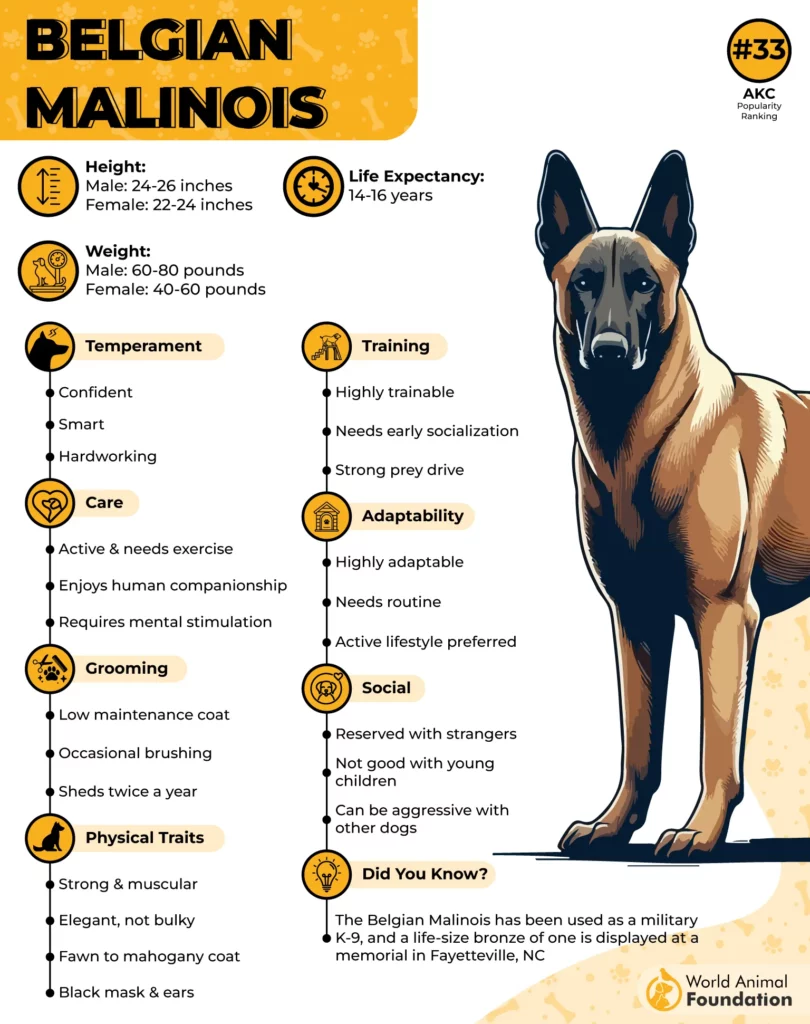
On the other hand, the Cane Corso typically measures 23.5 to 27.5 inches, but what sets it apart is the sheer bulk. These dogs are stockier, with broad chests and powerful legs — not just agile but genuinely imposing. They were bred to guard, and it shows in their structure.
Weight comparison: Power vs performance
When it comes to weight, the contrast sharpens even more. The Malinois usually weighs 40 to 80 pounds, depending on sex and lineage. According to Purina, their lighter weight supports their role in police and military work, where endurance and responsiveness matter more than brute strength.
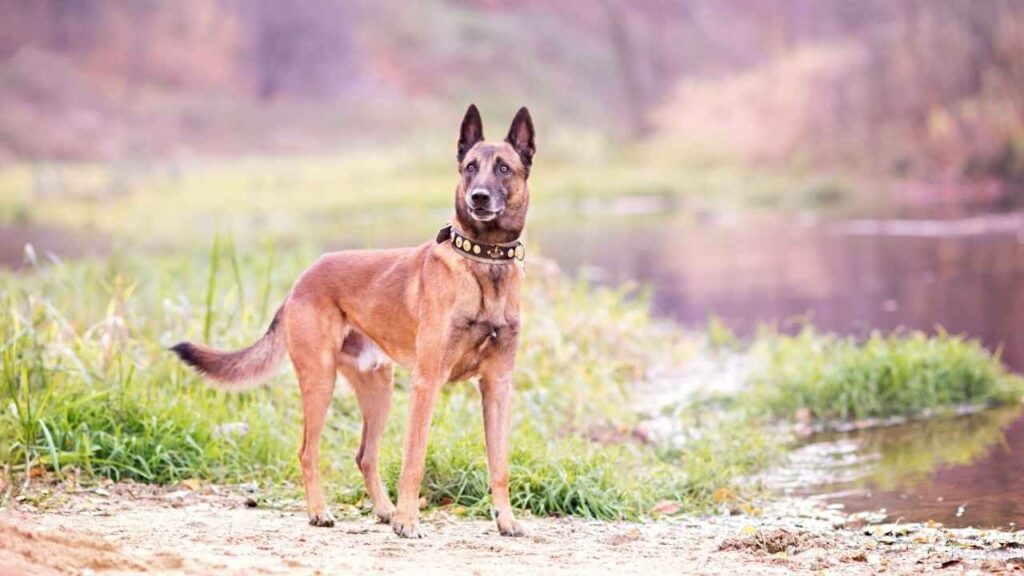
In comparison, the Cane Corso averages between 85 to 110 pounds, making it a true large breed. That extra mass gives them natural guarding ability and a physical presence few other dogs can match.
Two breeds, two very different impressions
Though similar in height, the two canines leave very different impressions in person. The Malinois feels fast and alert — a dog always ready to move. The Cane Corso, meanwhile, feels grounded and solid, like nothing will pass without its say.
Personality and Temperament Differences
Drive and mindset: One watches, the other works
The Belgian Malinois is always “on.” Bred to think fast and move faster, they thrive in high-energy environments and need constant mental stimulation. They’re task-oriented and not the type to lounge around — if they don’t have a job, they’ll invent one. This makes training essential from an early age, not optional.
The Cane Corso is more balanced in its energy but no less intense. It carries a calm confidence and doesn’t react without reason. Its presence is quiet but deliberate — a watchdog that doesn’t need to prove itself unless provoked.
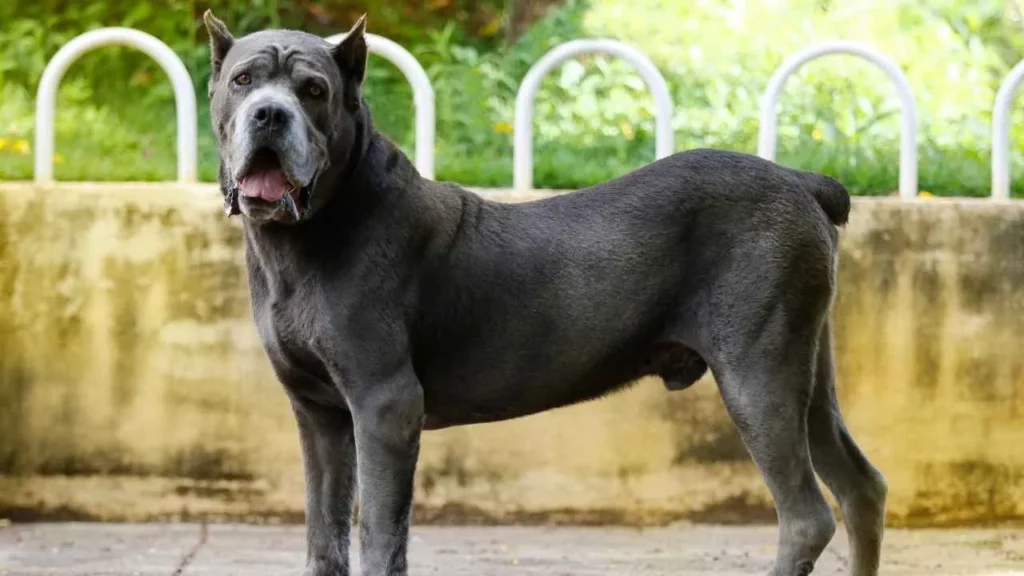
Family dynamics: Who fits where
While the Malinois bonds tightly to one or two people, the Cane Corso often adopts a more family-wide approach. That said, both breeds can be incredibly protective, especially when raised around kids. However, neither is the type you leave unsupervised around a baby or new animals without proper guidance and structure.
Affection and independence
The Cane Corso can be surprisingly affectionate, craving closeness with its humans, as stated in Britannica, while the Malinois expresses its love through loyalty and attentiveness rather than cuddles. But both require owners who understand working-dog mentality — they don’t do well with passive or inconsistent leadership.
The role of socialization
Early socialization shapes how well these dogs respond to strangers, other animals, and new environments. Left unchecked, both can become suspicious or reactive, particularly the Cane Corso. But with deliberate exposure and consistent boundaries, they become remarkably stable companions.
Bite Force and Behavioral Tendencies
Power in the jaw: Cane Corso’s raw strength
The Cane Corso has one of the strongest canine bite forces recorded, clocking in at approximately 650 PSI. That’s enough pressure to crush bone. This isn’t just a stat — it’s a real consideration when owning such a powerful guardian. It underscores why responsible training is non-negotiable.
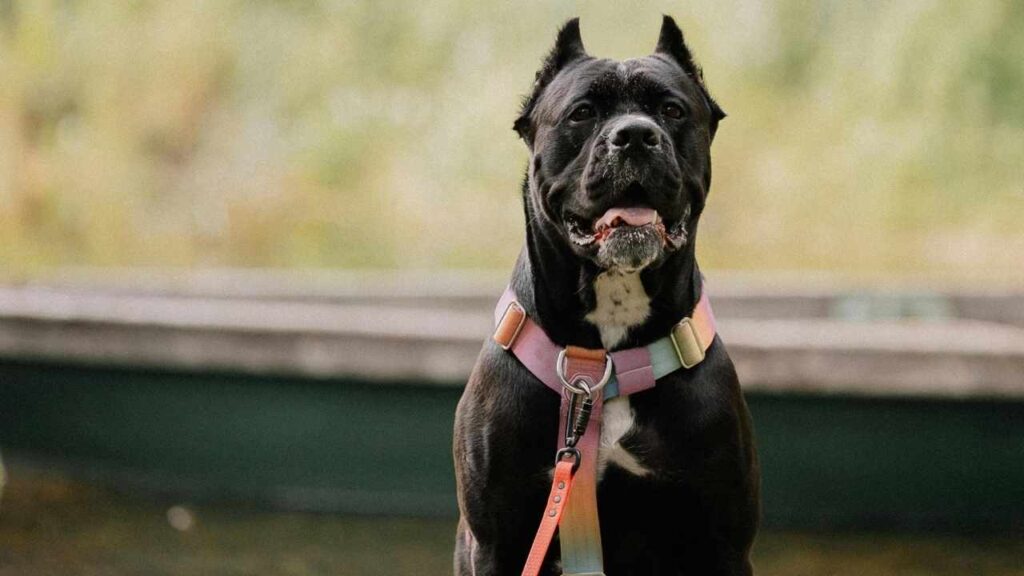
The Malinois, while not at the top of bite force charts, delivers precision bites. Their work in military and law enforcement hinges on their ability to strike and release on command — a level of control that takes months, if not years, to achieve.
Behavior under stress
Malinois are intense and alert to every detail. If under-stimulated or poorly trained, they can develop obsessive or anxious behaviors. The Cane Corso, by contrast, is more emotionally grounded, but with improper socialization, it can become territorial and stubborn.
Both dogs need owners who don’t just want a companion but are willing to lead. That includes structured play, clear boundaries, and firm expectations from day one.
Health Considerations and Lifespan
Belgian Malinois: High drive, high maintenance
The Belgian Malinois is a generally healthy breed, but its intense lifestyle often brings wear and tear earlier than expected. On average, they live 12 to 14 years, especially if they stay active and mentally sharp into old age.
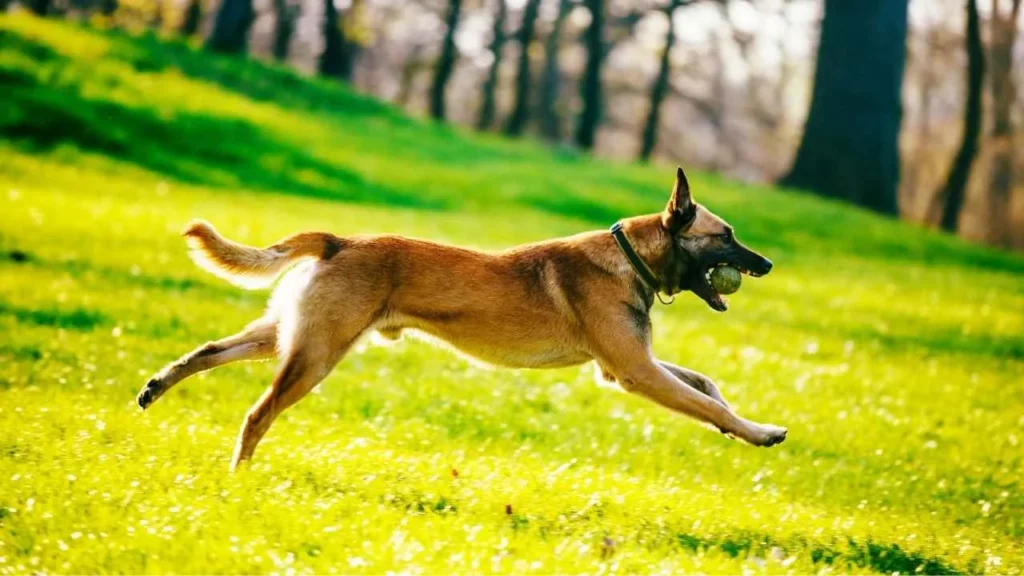
Common issues include:
Hip and elbow dysplasia
Progressive retinal atrophy (PRA)
Epilepsy
Because they’re constantly in motion, joint strain is almost inevitable without proper rest and muscle support. Regular vet visits and preventive care can greatly improve long-term mobility.
Cane Corso: Big dog, shorter clock
With a lifespan of 9 to 12 years, the Cane Corso falls closer to the norm for giant breeds. However, their calm temperament doesn’t mean fewer risks. Owners should watch for:
Bloat (gastric torsion)
Demodectic mange
Heart disease
Feeding a Cane Corso with care — slow-feed bowls, scheduled meals, and lean proteins — can minimize bloating and weight-related issues.
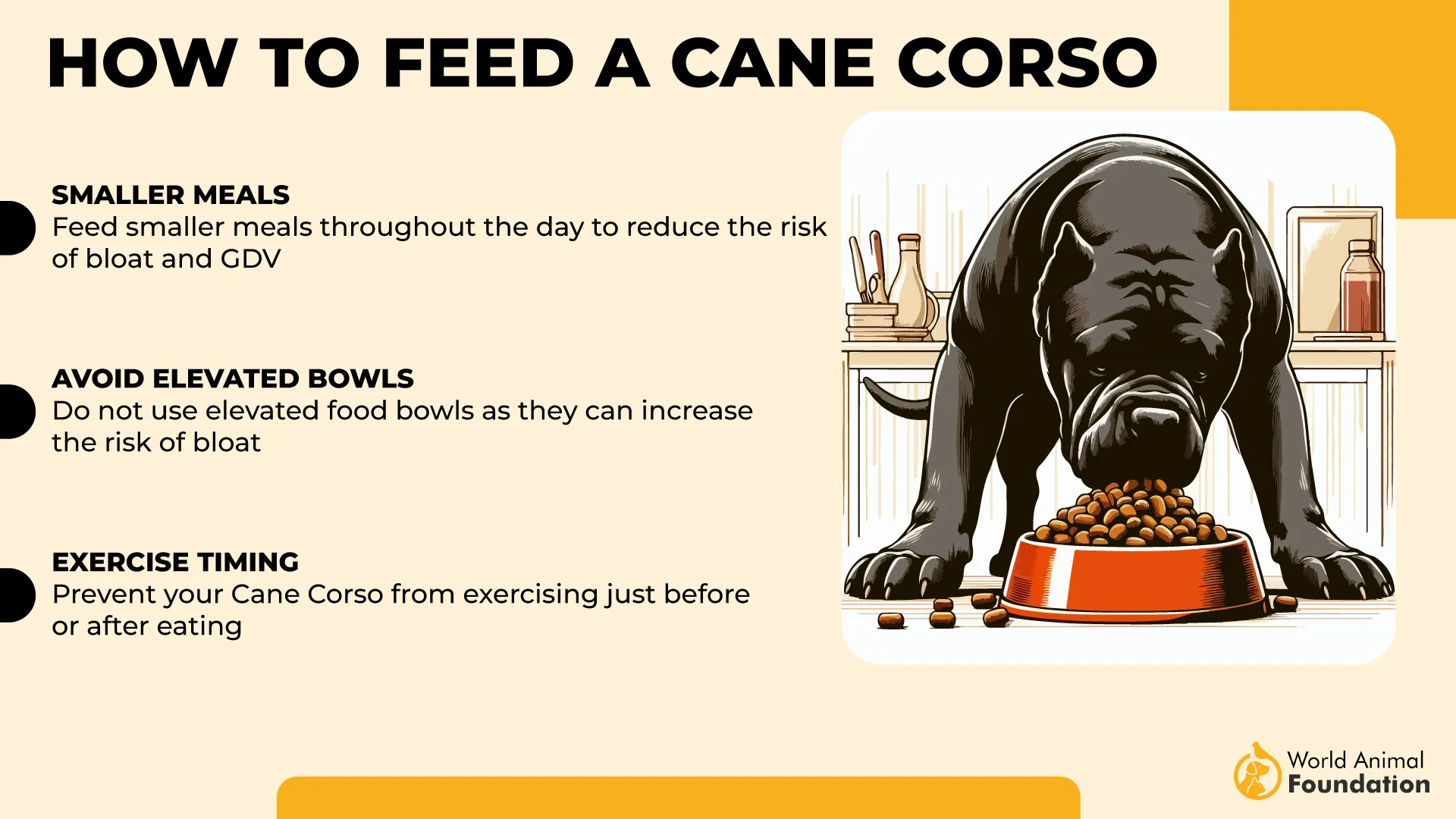
Lifestyle choices matter
For both breeds, genetics isn’t the only factor. Exercise, diet, and mental stimulation all directly affect how well they age. Regular vet screenings and a proactive approach can continue to catch subtle signs early before they become larger problems.
While there’s no single solution that works for every dog, staying alert and informed ensures more questions are answered before they turn into emergencies.
Grooming Requirements and Allergy Potential
Belgian Malinois: Low-maintenance coat, seasonal challenges
The Belgian Malinois sports a short, double-layered coat that’s easy to manage, most of the year, as mentioned in Hill’s Pet. But when shedding season hits (typically spring and fall), the undercoat comes out in full force. Daily brushing becomes necessary during these times to control loose fur and prevent matting.
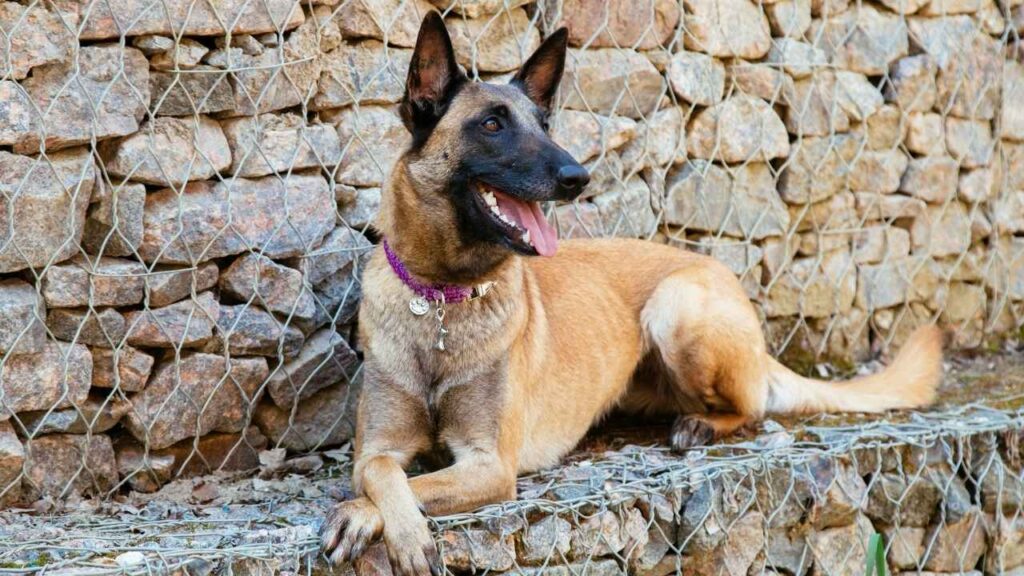
They don’t require haircuts or fancy upkeep, but regular brushing with a slicker or deshedding tool helps manage the volume. Bathing once every few months is usually enough unless they get into something messy. Their ears, nails, and teeth follow standard care practices — nothing particularly high-maintenance here.
Cane Corso: Sleek but not shed-free
Though the Cane Corso also has a short coat, it sheds more consistently year-round, as per Chewy. Their skin is prone to dryness if overbathed, so it’s best to space out washes — once every 6 to 8 weeks is plenty. A weekly brushing session helps keep their coat healthy and stimulates circulation.
While they don’t require trimming, attention to their large nails is crucial — left unchecked, these can cause discomfort or structural problems. Their ears (especially if cropped) also need regular cleaning to avoid infections.
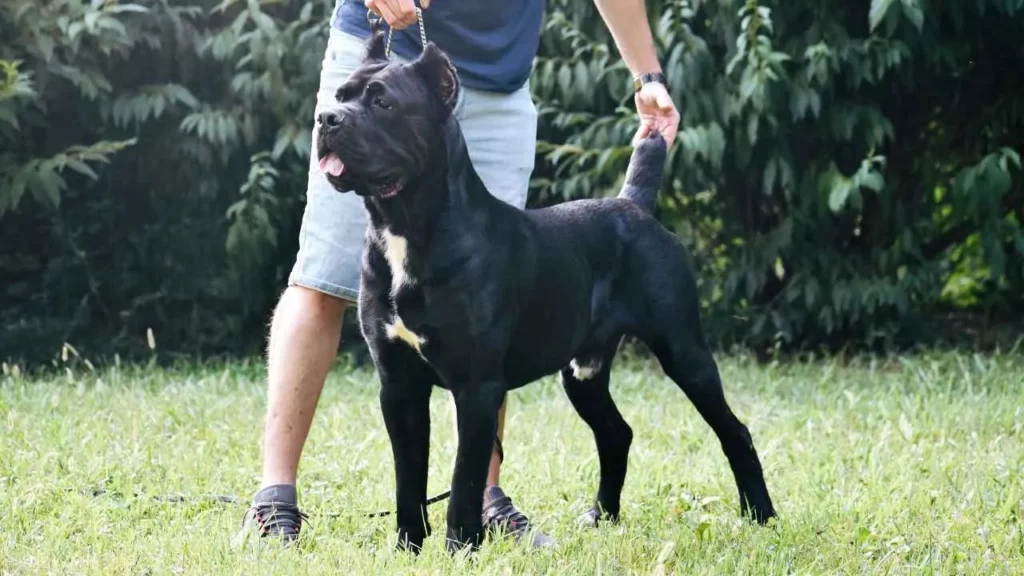
Allergy concerns
Neither breed is hypoallergenic. The Malinois, due to its dense double coat, tends to trigger more reactions in sensitive individuals, especially during heavy shedding cycles. The Cane Corso produces less dander overall, but it still isn’t ideal for allergy-prone households.
Both breeds benefit from regular cleaning routines — not just for looks, but to reduce allergens and maintain skin health.
Conclusion
The Belgian Malinois and Cane Corso may look like two sides of the same coin, but they’re entirely different once you dig deeper. The Malinois is laser-focused, independent, and endlessly energetic—a breed built to serve and move. The Cane Corso, while still powerful, moves through the world with calm vigilance and unmatched devotion.
If you’re after a working dog that thrives on challenge, structure, and constant motion, the Malinois delivers. But if you’re seeking a protective presence rooted in family values, the Cane Corso’s temperament may feel more natural.
It’s not about who has the strongest bite, or the bigger bark—it’s about who matches your rhythm. Both breeds can outshine many other breeds in loyalty, courage, and intelligence.
Whatever you choose, make sure your lifestyle, space, and time align with the breed’s characteristics. That’s the key to a healthy bond—one built not just on strength, but mutual respect.


